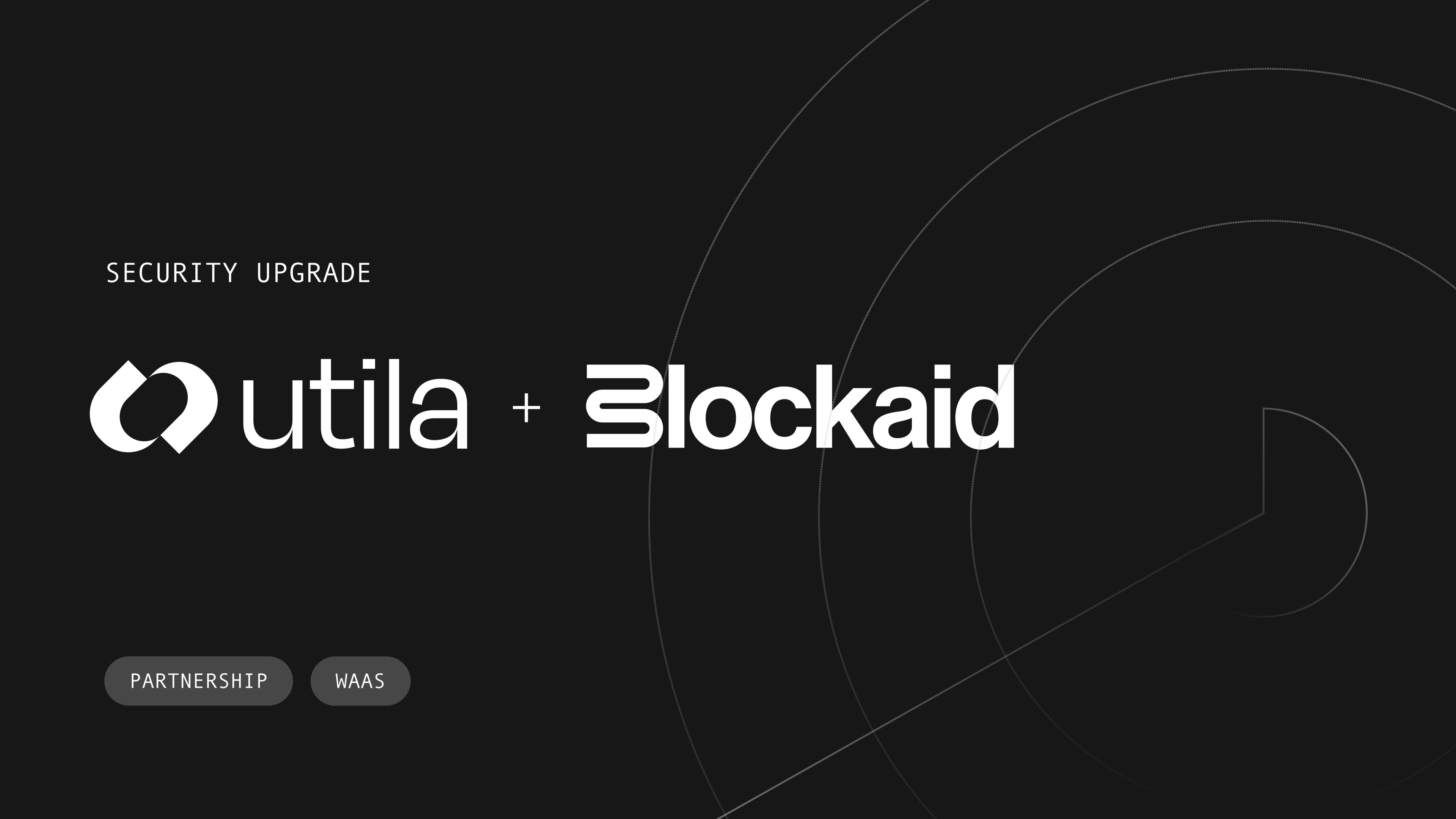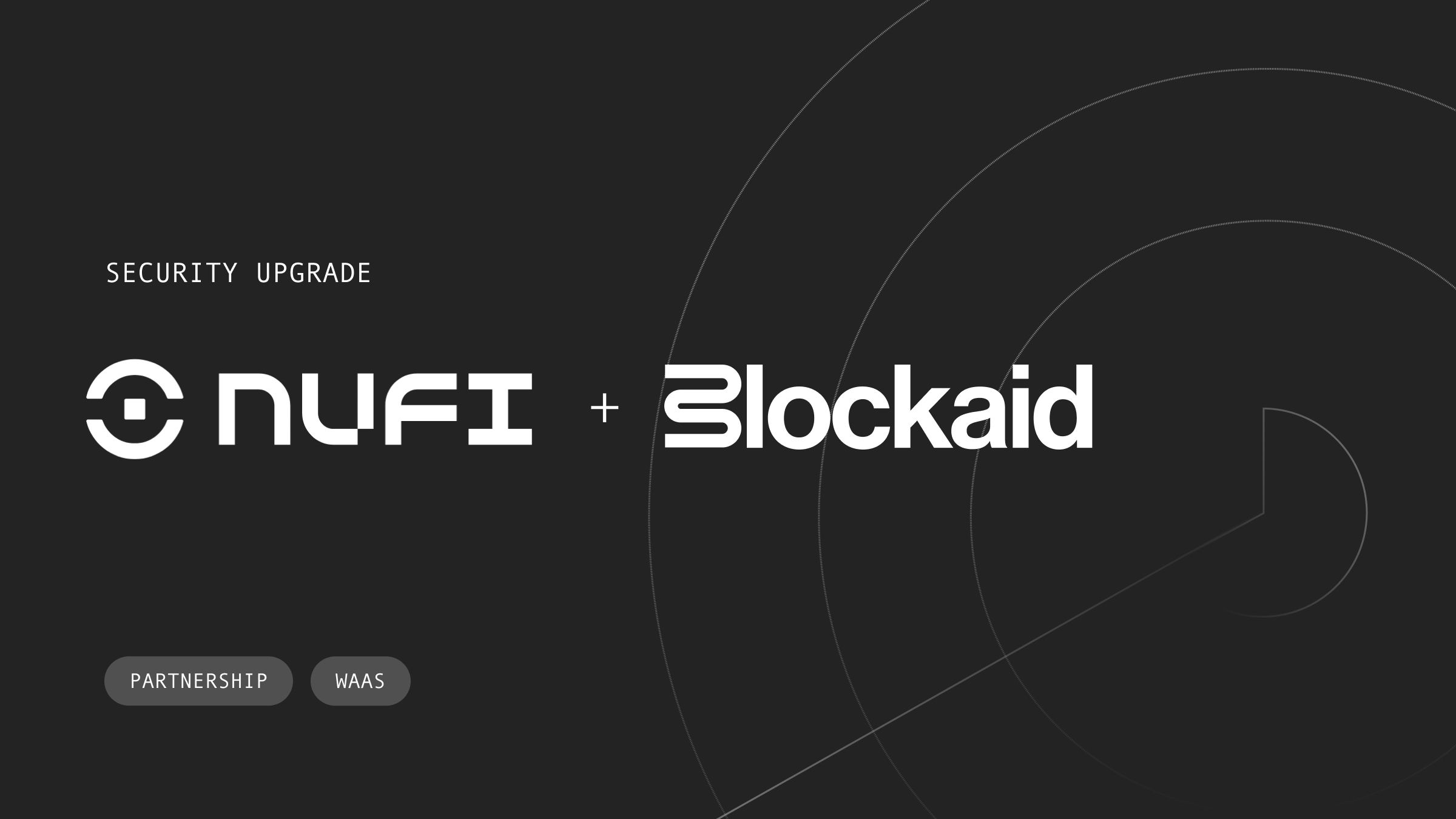9 Actions Stablecoin Issuers Must Take for Real-Time Security

Audits aren’t enough. Real-time security builds resilience and trust.
Stablecoins have evolved from crypto utilities into global payment infrastructure. They anchor liquidity across exchanges, DeFi protocols, and on/off-ramps — and regulators now treat them like miniature financial systems.
That means security can’t stop at audits or attestations. It demands continuous monitoring — of reserves, contracts, oracles, and liquidity. This handbook distills the eight things every stablecoin issuer must track to keep their peg and maintain market confidence.
1. Custody Access
What to monitor:
- Admin key or signer-set changes
- Role or permission updates in issuance or governance contracts
- Unexpected contract upgrades or control transfers
Why: Custody access defines who holds authority over a stablecoin’s issuance and collateral. In fiat-backed systems, this means admin-controlled contracts and treasury wallets; in decentralized systems, user-managed vaults or protocol governance keys. Compromised signers, leaked keys, or malicious upgrades can shift control or enable unauthorized actions. Monitoring these access points in real time prevents loss of custody and preempts exploit conditions.
2. Minting & Redemption Flows
What to monitor:
- Abnormal mint/burn spikes
- Repeated mints from new or unverified wallets
- Sudden surges in redemption velocity
Why: These are early signs of exploit attempts, stress events, or offchain reserve imbalance.
How: Correlate onchain issuance with custodian data and enforce minting thresholds per whitelisted entity.
3. Oracle Health
What to monitor:
- Update delays
- Feed divergence across providers
- Outlier data points or manipulation attempts
Why: Oracles anchor redemption logic. A compromised or lagging feed can distort price and peg integrity.
How: Continuously compare reference oracles and alert on deviation beyond defined basis points.
4. Liquidity Pool & Market Anomalies
What to monitor:
- Large withdrawals or rapid TVL changes
- Pool imbalance or skewed swap ratios
- Price/volume anomalies across AMMs/CEXs and DEXs
Why: Peg instability often starts in liquidity depth before hitting exchanges.
5. Governance & Role Changes
What to monitor:
- Proxy upgrades or function reassignments
- Role transfers or admin key rotations
- Governance proposals that modify parameters or pausing logic
Why: Many stablecoin “hacks” are governance errors or abuses.
How: Track all admin or proxy changes in real time, verify that executed parameters match governance proposals.
6. Bridge & Cross-Chain Consistency
What to monitor:
- Mismatched token supply across chains
- Bridge validator or relayer set changes
- Unexpected bridge contract upgrades
Why: Cross-chain wrappers multiply the risk of inconsistent states or custodial compromise.
How: Reconcile inflow/outflow logs and validator updates; flag discrepancies in bridged token supply.
7. Collateral & Attestation Integrity
What to monitor:
- Onchain/offchain mismatch
- Delayed attestations or stale reserve reports
- Rapid collateral withdrawals from custodians
Why: Confidence evaporates when reserve proofs lag issuance.
How: Automate reconciliation between token supply and reserves; alert when collateral ratios or update intervals deviate.
8. Counterparty & Sanctions Exposure
What to monitor:
- Interactions with blacklisted, fraudulent, or high-risk addresses
- Rapid fund movement between known scam clusters
- Wallet reuse linked to previous exploits
Why: A single tainted transaction can invite regulatory scrutiny or asset freezes.
How: Integrate sanctions and AML screening into your onchain monitoring layer.
9. Impersonation Tokens
What to monitor:
- Tokens mimicking your stablecoin’s name, symbol, or branding on DEXs
- Fake or spoofed contract deployments imitating official minting addresses
Why: Impersonation tokens deceive users into swapping or depositing into counterfeit assets, draining liquidity and eroding market trust. These scams exploit brand credibility and often spread quickly across DEX aggregators and social channels.
The End State: Continuous Trust
Stablecoins cannot rely on static checks. Their safety depends on a live feedback loop — discovery, detection, and response operating in real time across both onchain and offchain systems.
Real-time monitoring isn’t just a security tool. It’s how you prove solvency, uphold trust, and survive in a market where confidence can vanish in minutes.
How Blockaid Can Help
Blockaid helps stablecoin issuers operationalize this continuous trust loop through real-time onchain visibility and automated response:
- Automated Asset Discovery: Instantly maps all contracts, wallets, and dependencies across chains.
- Anomaly Detection: Flags liquidity, governance, or oracle deviations the moment they occur.
- Response Workflows: Automates actions like pausing contracts or revoking access when triggers fire.
- Cosigner Policy Enforcement: Validates every mint, redemption, and treasury movement before execution.
- Investigation Tools: Correlate incidents across onchain and offchain data for full-stack clarity.
If you’re issuing, managing, or scaling a stablecoin, Blockaid provides the visibility and control you need to make monitoring your strongest layer of stability.
Reach out to Blockaid to see how continuous onchain monitoring can protect your reserves, secure your governance, and safeguard your users’ trust.
Blockaid is securing the biggest companies operating onchain
Get in touch to learn how Blockaid helps teams secure their infrastructure, operations, and users.




